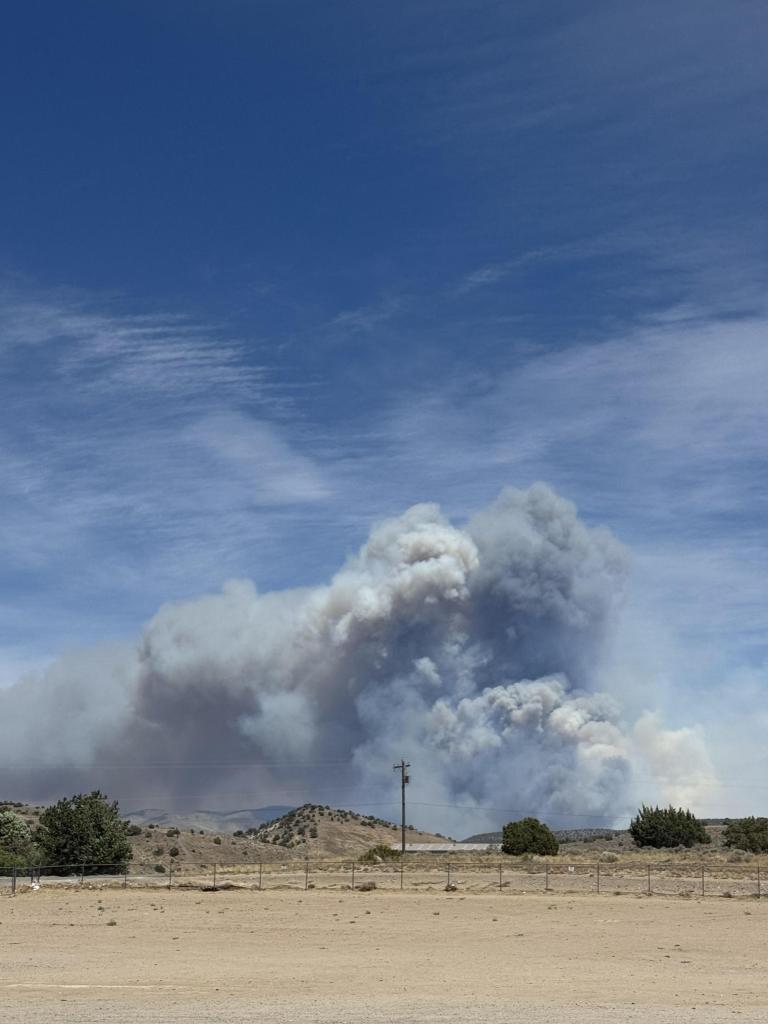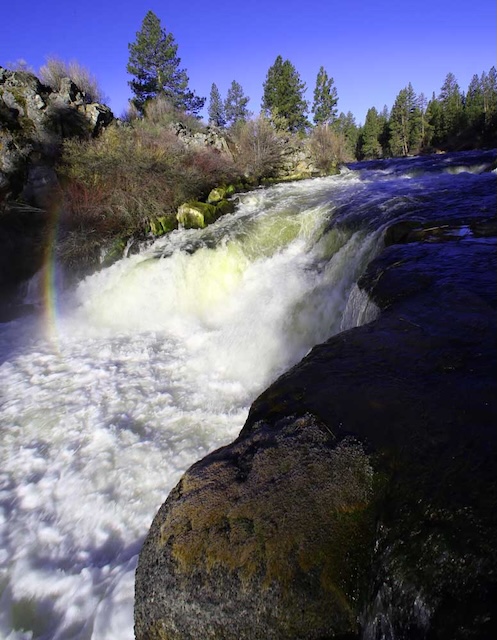Guest column: Rescinding the Roadless Rule won’t protect from wildfire
Published 12:01 pm Tuesday, July 1, 2025

- The Conner Fire burns in Nevada in June. (InciWeb)
Brooke Rollins, US Secretary of Agriculture with the Trump administration, is rescinding the “Roadless Rule.” The Roadless Rule was established during the Clinton Administration to protect nearly 59 million acres of undeveloped land from resource extraction.
However, the rescission of the Roadless Road must be seen within context. Like every other piece of forest legislation, such as the Fix Our Forests Act or President Trump’s proclamation that accelerates national forest logging, the rationale for what is called “active forest management,” including logging and prescribed burns, is supposed to reduce the occurrence of large, “high-severity” blazes.
In nullifying the Roadless Rule, Secretary Rollins specifically justified her decision by suggesting it would allow “for fire prevention and responsible timber production.” She claims it will enable “responsible forest management,” which is code for more logging.
The underlying cause of the increase in wildfires across the country is a warming climate. All things being equal, climate and weather are drying the land, increasing the vapor deficit of fuels, and a source of higher winds—all of which exacerbate wildfire spread.
“Extreme fire weather” is characterized by low humidity, drought, high temperatures, and high winds. Even if “active forest management” works to slow or stop wildfires under low to moderate fire conditions, it often fails under extreme fire weather.
Extreme fire weather events are relatively rare (though increasing due to climate change). Nevertheless, they are the primary factor driving all large blazes.
There are numerous examples where logging and prescribed burning have increased the spread of fires. Opening up the canopy by logging dries out soils and surface fuels. It also permits greater wind penetration. The regrowth after a prescribed burn can increase what are termed “fine fuels,” like grasses, which readily burn.
The second problem with this approach is that embers tossed by high winds can go through, over, and around any “fuel treatments.”
A third problem is that the majority of urban home destruction is the result of grass or shrub fires, not forest blazes. The Maui Fire in Hawaii, the Marshall Fire in Colorado, and the Altadena and Pacific Palisades blazes in southern California are among the many blazes that have destroyed communities. Active forest management won’t affect such wildfires, even if it were an effective policy, which it is not.
Ironically, in promoting more logging and logging road construction, the Forest Service would also facilitate the potential for more human ignitions. The majority (85%) of all ignitions are human-caused, and in California, the number jumps to 95% of all blazes originating from human activity.
Most occur within 100 to 200 feet of a road. A recent study by The Wilderness Society found that in the Southwest, 13 wildfires per 1,000 hectares occurred along roads, compared with roughly 3 wildfires per 1,000 hectares in “roadless areas.”
Even more compelling is the research that suggests the vast majority of all fires start on private lands, particularly wildfires that threaten communities.
Another review study found that protected landscapes, including parks and wilderness areas, tended to have fewer severe wildfires than lands under “active forest management.”
Thus, eliminating the Roadless Rule and initiating more “active forest management” is unlikely to reduce wildfires that threaten homes, All of these policies including Fix Our Forest Act, and the administration’s decision to increase logging and rescind the Roadless Rule is likely increase fires for communities near roaded and logged national forest lands.
We cannot log our way out of the wildfire threat, but we can minimize the destruction of homes. The best way to protect our communities is not with more logging but to harden communities against wildfire threats.
George Wuerthner has visited hundreds of wildfires around the West to learn how and why they burned. He also published Wildfire: A Century of Failed Forest Policy.







